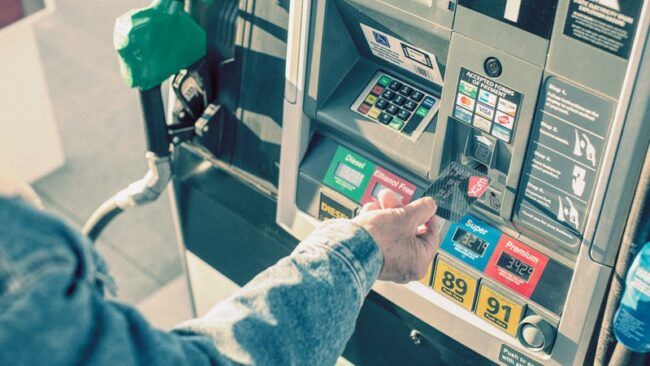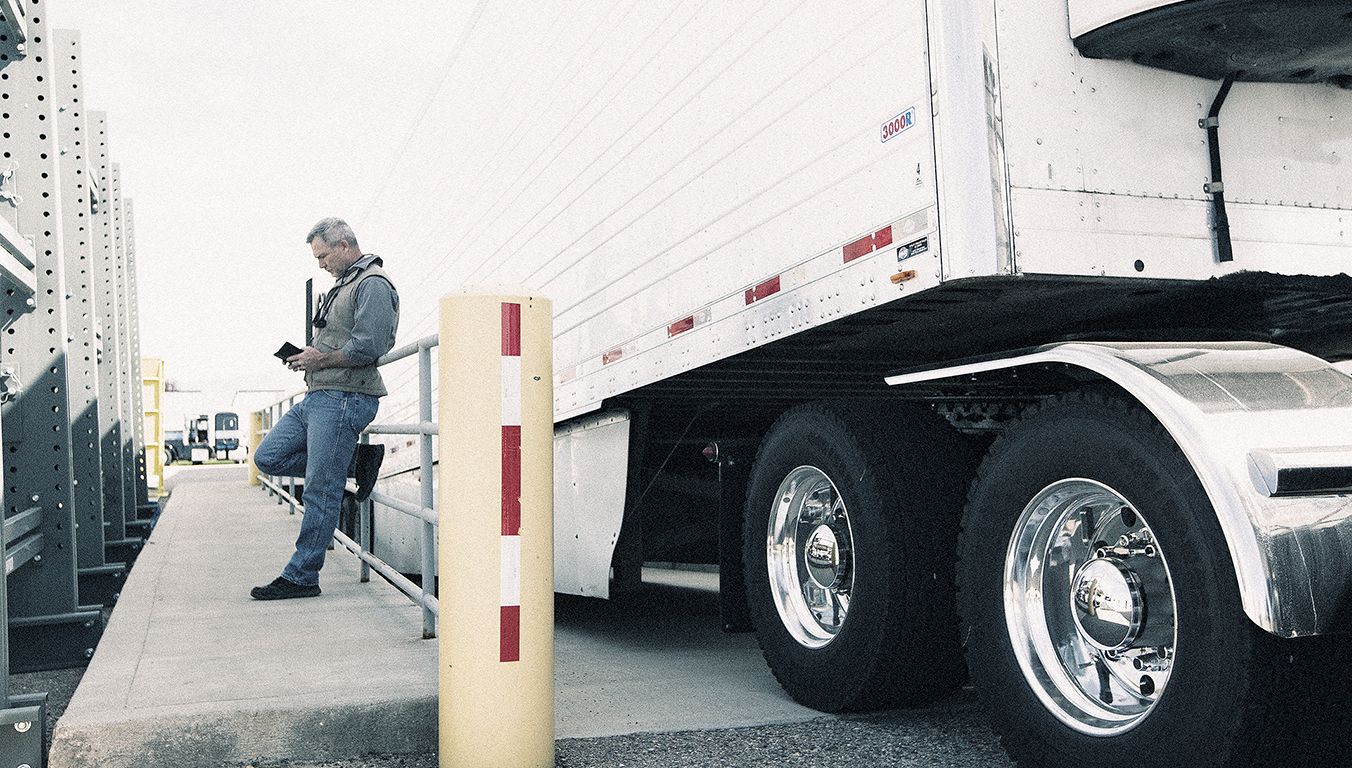Stay connected
Subscribe to our Inside WEX blog and follow us on social media for the insider view on everything WEX, from payments innovation to what it means to be a WEXer.

As fuel cards become more and more popular in the trucking industry, card options are proliferating. Fleets are finding just as many options for fuel cards as consumers have for credit. As with credit cards, fleet managers are at a turning point in answering the question “What’s in your wallet?”
Traditionally the benefits of a fleet card have focused on control and transparency for the fleet manager, but as the consumer world has shifted to digital payment, so too has the trucking arena, where drivers are embracing the change as well. While payment leaders EFS and WEX have followed through on their promise to provide fleet managers and owners game-changing solutions such as reporting and real-time updates on spending and business-related expenses, they are also providing advantages to drivers by eliminating manual expense reporting and receipt submission. What some companies might not consider right away is how much time and money drivers and managers can save by using a fuel card and its single point of exchange as well as the data that each use provides.
With the WEX account we are able to track all charges, when they were made, where they were made, who made the purchases, and how much was spent. It has saved us thousands of dollars. —Brandi De Marinis, Clermont, Florida
Clearly not all fuel cards are the same and cards are evolving daily. But when it comes to saving time and money, most of these fuel cards – and specifically the WEX fuel card – deliver efficiencies and control that translate to savings in more ways than one.
Save up to 15% on total fuel management costs with the WEX Fleet Card, accepted at more than 90% of fuel locations nationwide.
Set restrictions, require driver ID authorizations, and add or deactivate cards to reduce unauthorized spending.
Real-time access to online services allows you to add or delete drivers and vehicles, pay your bill, and set purchase controls and alerts.
All purchases are tracked for easier accounting and a lot less paperwork.
Access U.S.-based customer service 24 hours a day, seven days a week.
Easily view fuel spending in both real-time and summarized monthly reports.

Along with the advantages above, fleets and drivers are embracing fleet mobile payments and expecting the same consistent and reliable experience they have when using the tangible fuel card in their wallet. With any new innovation involving money, security and fraud prevention are critical. Fleet card companies are focusing on that concern along with a number of trends that customers are driving. Global digital services leader Infosys recently published a white paper on trends in the fuel card arena. The findings provide a better understanding of how fuel cards are being used currently and what is to come.

What these trends indicate is that innovation is taking hold in the fuel card arena that will have an impact not only on fleet managers, owners, and operators but also on the fuel industry and the payment sector – proof that once again, the trucking industry is driving business in more ways than one.
RESOURCES:
Subscribe to our Inside WEX blog and follow us on social media for the insider view on everything WEX, from payments innovation to what it means to be a WEXer.